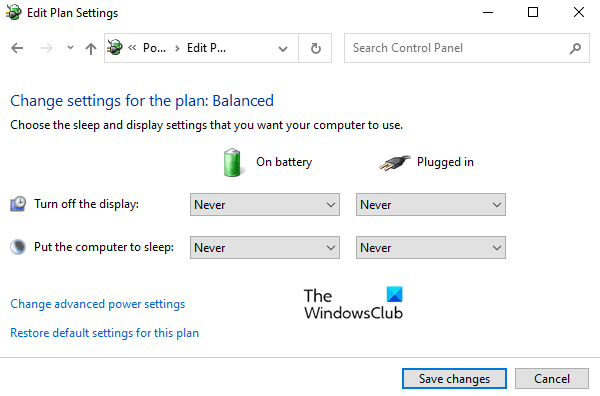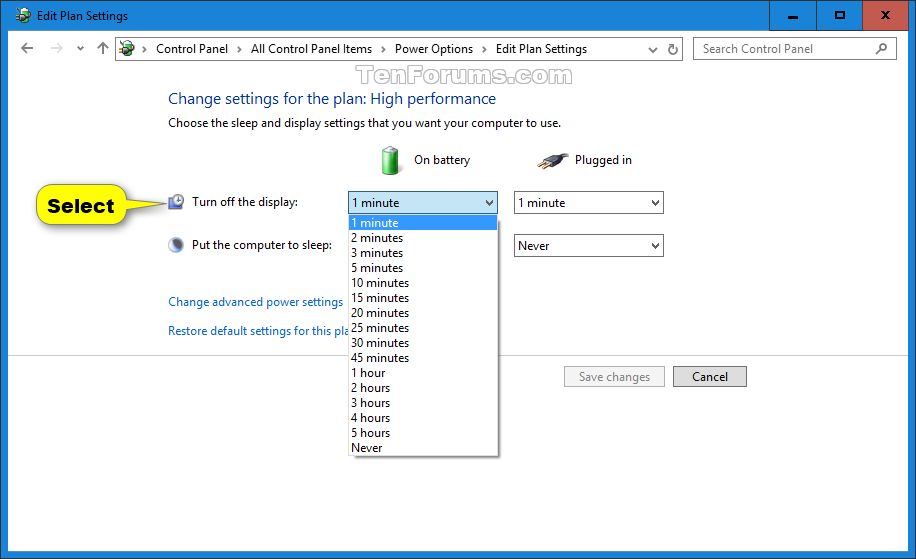
Press the power button to turn the PC on.ģ. If there are any power lights or signs of activity, hold the power button for 10 seconds to turn it off.Ģ. It can be tricky, so here's how to do it.ġ. If possible, start the computer in Safe Mode. If you can get to your computer's BIOS, you might also be able to get to Windows' special boot options. You can also reset the BIOS or UEFI to factory defaults and see if that solves the problem.

Hard drive, disable Fast Boot, and look for any other unusual settings that might be causing startup problems. Once you're in the BIOS or UEFI, make sure the computer is set up to boot to your primary Immediately press the boot key specific to your computer common keys include the ESC, Delete, F1, or F2. But regardless of how your PC is equipped, here's how you should be able to access the BIOS or UEFI.Ģ. You may even see instructions on the screen at startup that tell you which key to press.

You might need to check your computer's user manual to know which specific key to press to access the BIOS or UEFI. Start with the computer's BIOS (Basic Input/Output System), which, in most modern PCs, has been replaced with the far less friendly-sounding UEFI (Unified Extensible Firmware Interface). If your computer appears to do something but isn't proceeding to boot to Windows, there are several possibilities as to why.


 0 kommentar(er)
0 kommentar(er)
